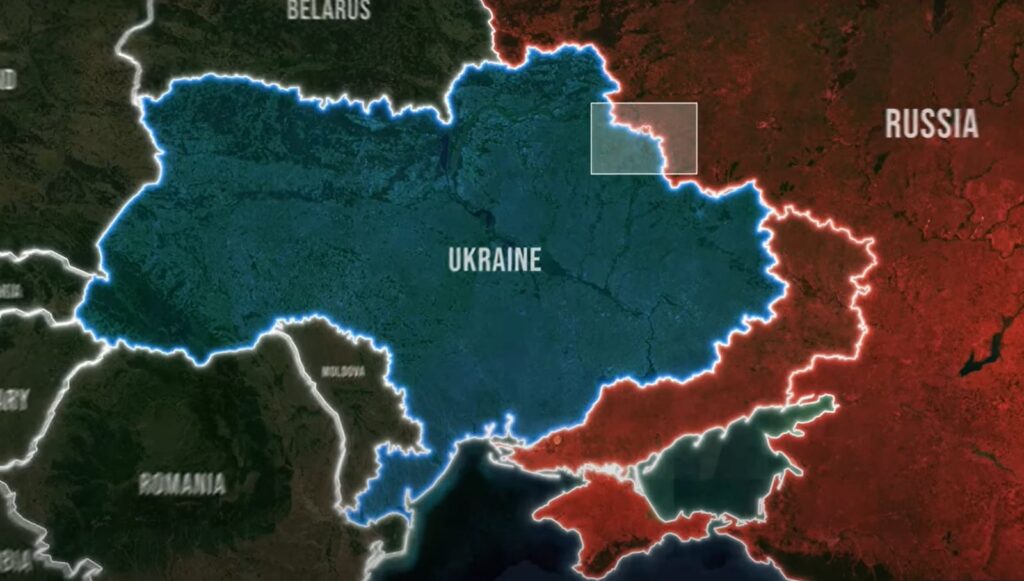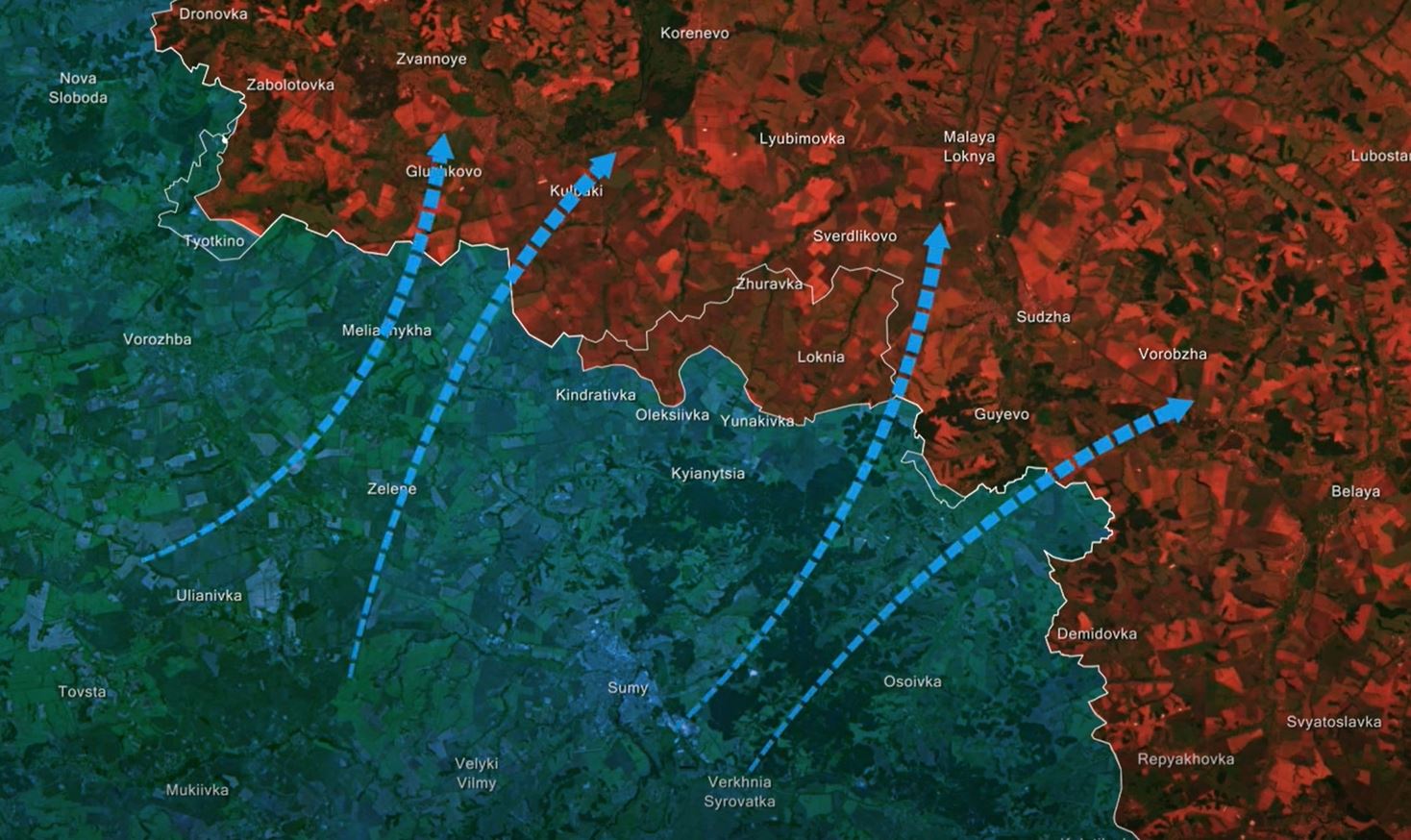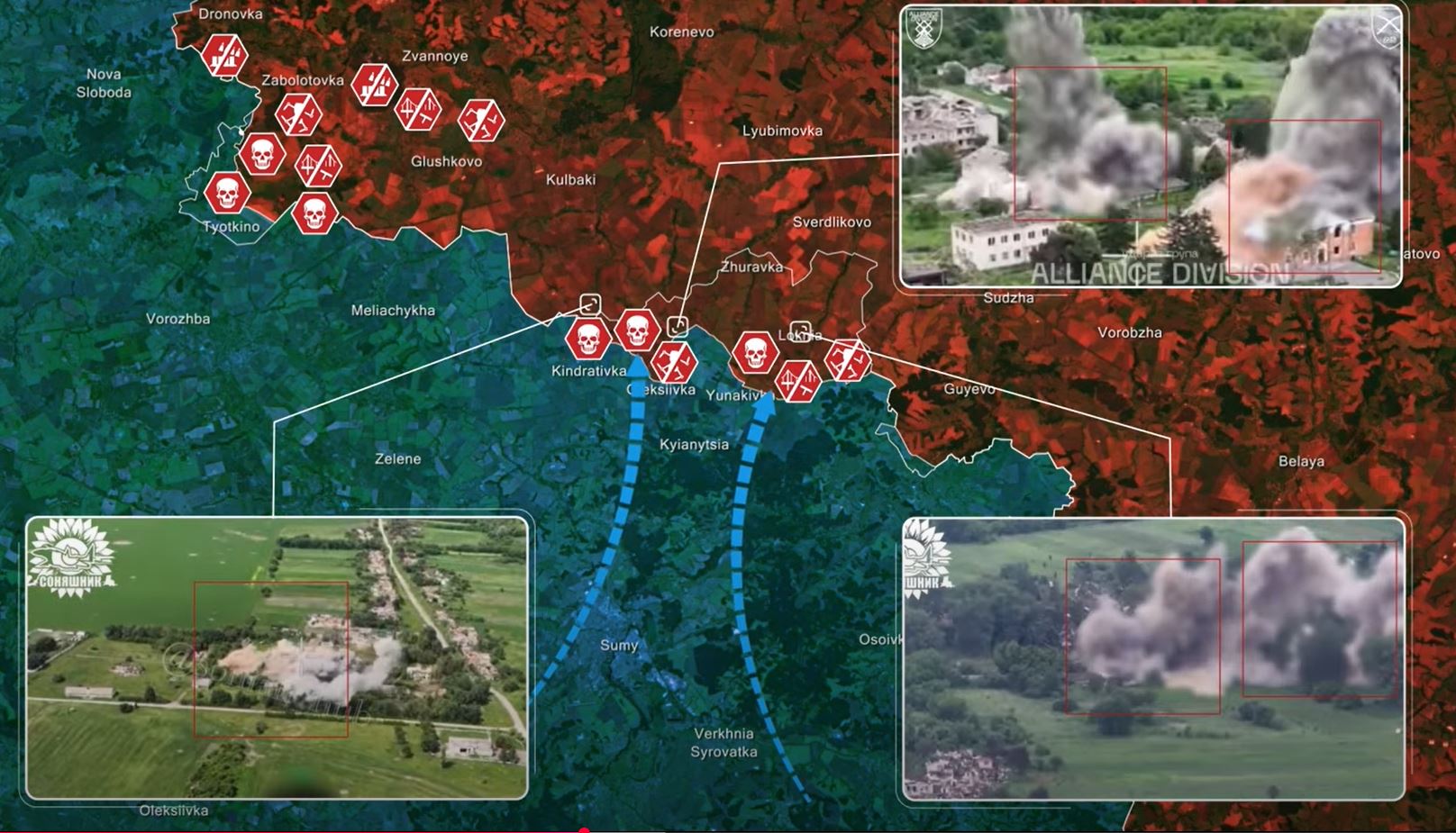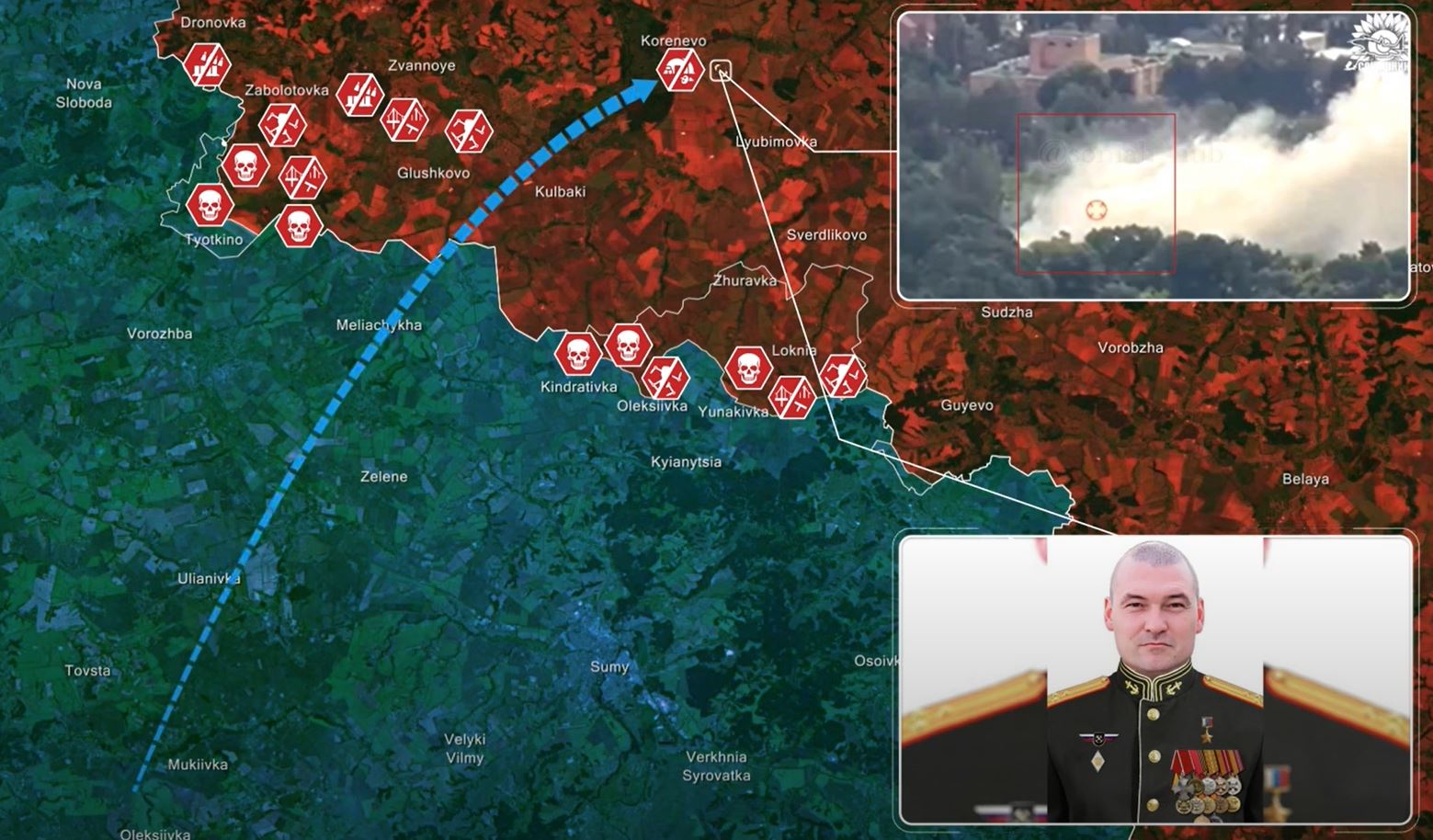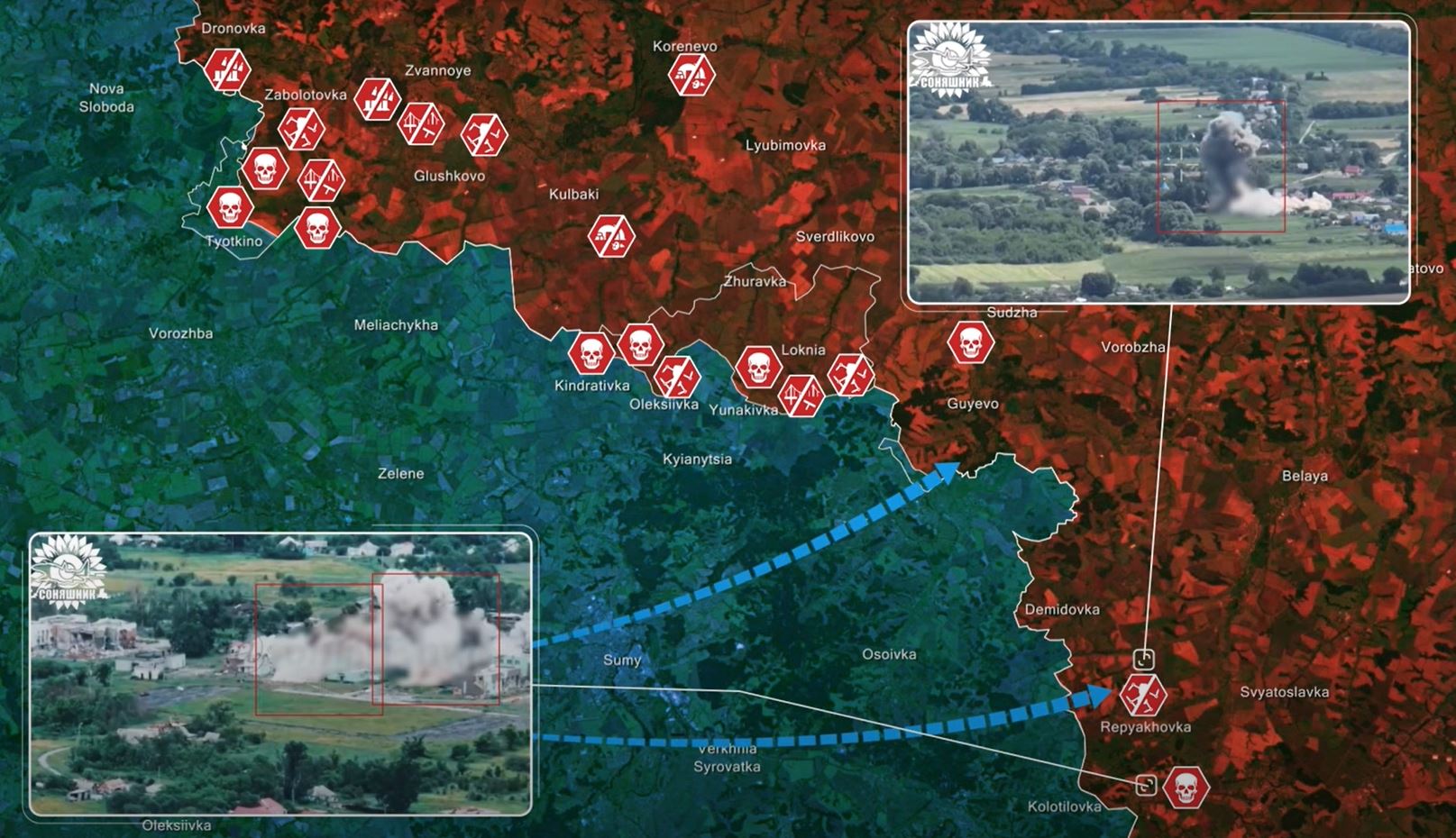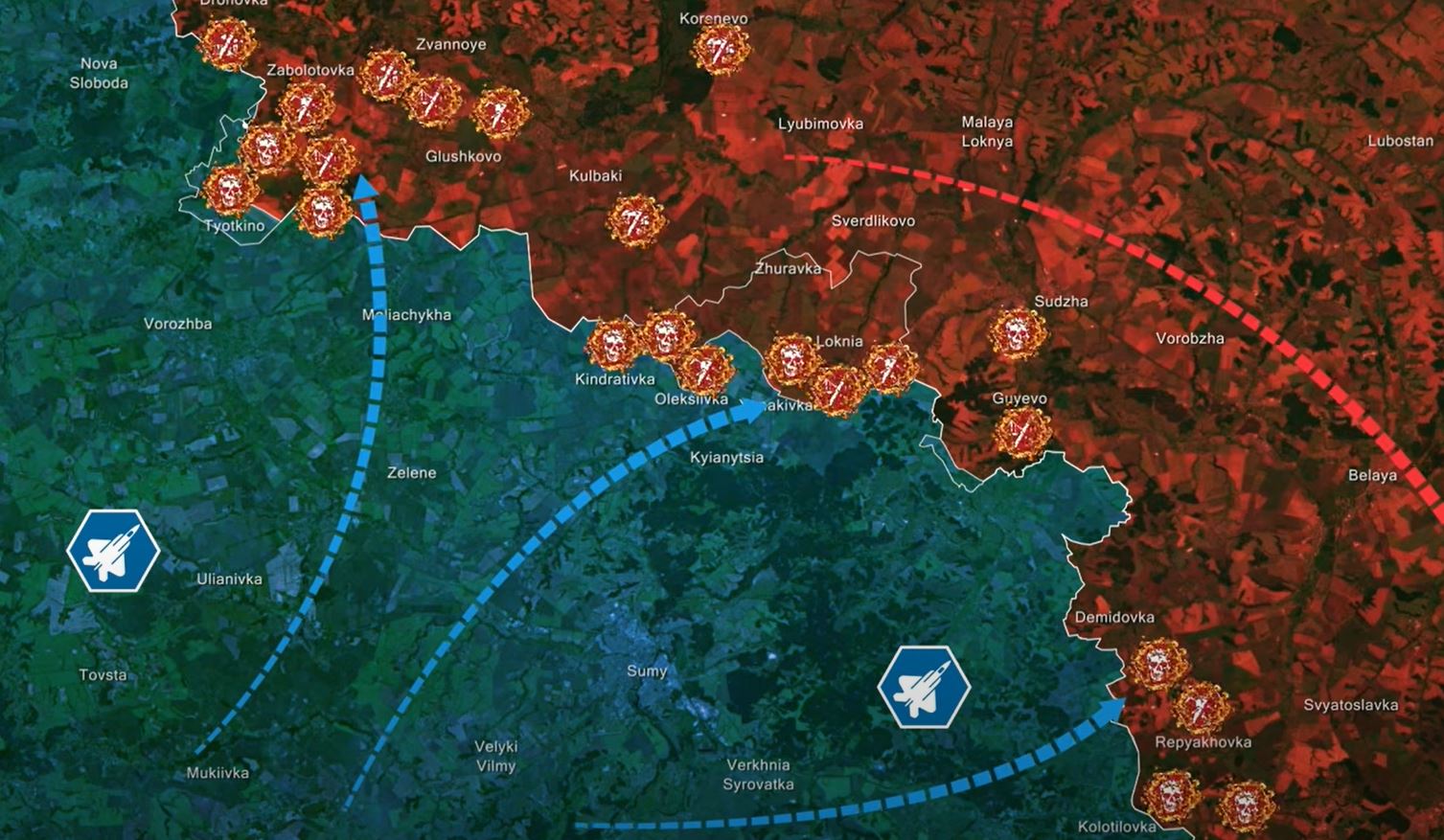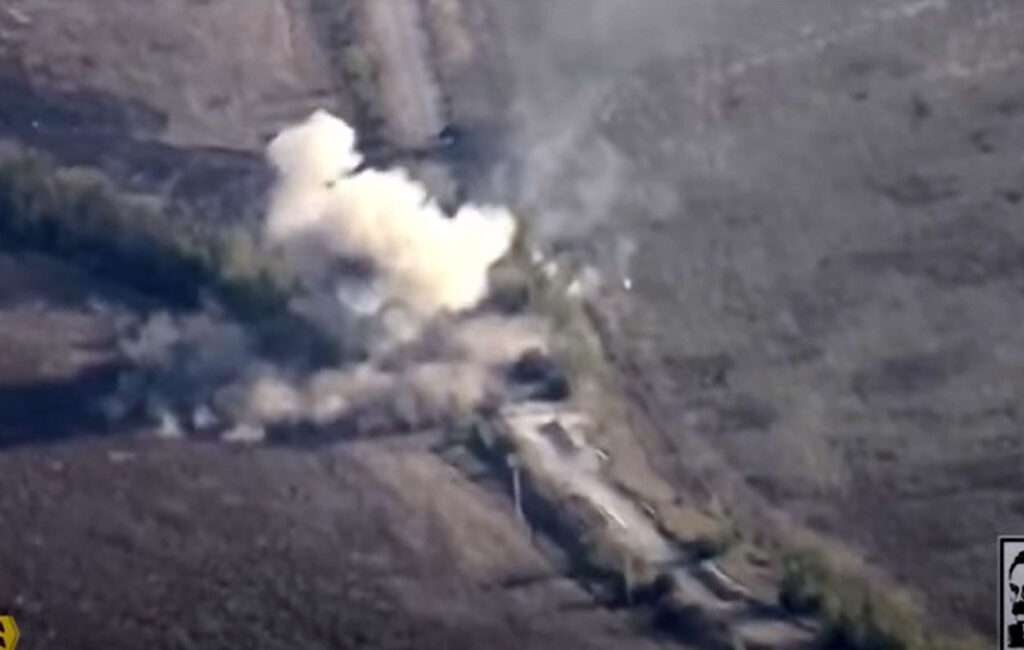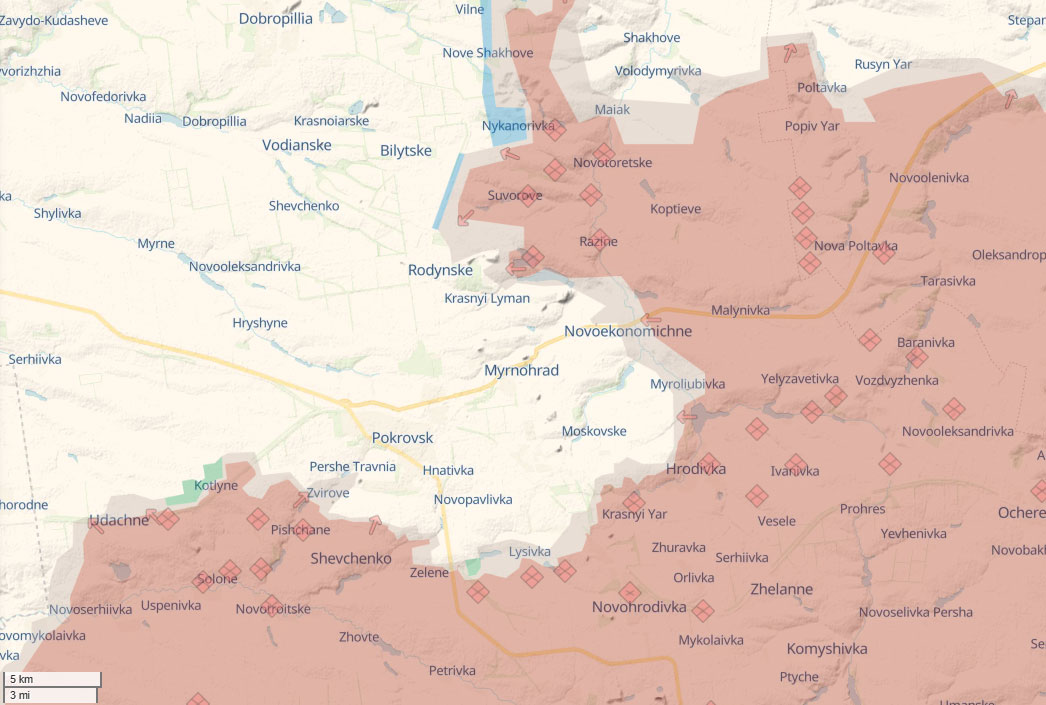A Shahed found its victim in Sumy—Russia’s second strike erased any chance of rescue from the rubble
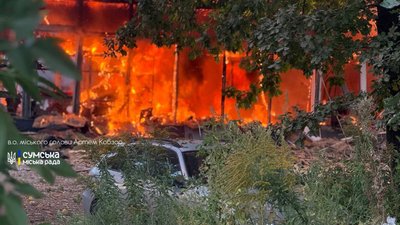
Ukrainian civilians continued to face Russia’s daily drone, missile, and artillery assaults, with Moscow strikes killing at least 6 civilians and injuring 19 across multiple oblasts yesterday and last night.
Last night, Russia launched a smaller wave of long-range explosive drones than usual—only three dozens instead of usual hundreds, but still inflicted deadly strikes. Russian Shahed drones, FPVs, missiles, and other weapons hurt Ukrainian civilians across Sumy, Zaporizhzhia, Kharkiv, Donetsk, Kherson, and Dnipropetrovsk oblasts.
Ukraine’s Air Force says it has intercepted or jammed most long-range drones. Despite that, multiple strikes landed, including one in Sumy that killed a man trapped under rubble after Russia launched a second drone before rescuers could reach him.
Ukraine downs 33 drones—but six hit civilian targets
Ukraine’s Air Force reported on 12 September that Russia launched 40 strike drones, including Shahed explosive drones, Gerbera decoys, and others, from Kursk, Millerovo, and Primorsko-Akhtarsk. Over 20 of them were Shaheds, capable of carrying up to 90 kg of explosives. The attack began at 22:00 on 11 September and continued overnight. Air defense forces, mobile units, electronic warfare systems, and drone systems responded.
Sumy: Guard killed under rubble, teenagers injured, rescue blocked
On the morning of 12 September, Sumy experienced multiple explosions. Acting Mayor Artem Kobzar confirmed that two of them were drone strikes on a non-residential building. Suspilne noted the facility was a car service station. The attack targeted Sumy’s industrial area in Zarichnyi district, damaging infrastructure, transport, and multiple non-residential buildings.
According to the head of the oblast, Oleh Hryhorov, a 65-year-old security guard initially survived the first hit and contacted others. But after a second Russian drone struck, contact was lost. His body was later found beneath the debris.
Hryhorov said emergency services could not immediately conduct rescue and cleanup due to a Russian ZALA drone hovering above the area, blocking access to the site. The ZALAs are Russian reconnaissance drones, adjusting missile and drone strikes.
Elsewhere in Sumy oblast, in Velykopysarivska hromada, a Russian FPV drone hit a field road, injuring two 16-year-old teenagers who were riding a motorcycle.
Also in Sumy Raion, on the evening of 11 September, a Russian FPV drone struck a civilian car, injuring a 19-year-old girl, who was hospitalized.
On the morning of 12 September, Russia launched a missile strike on the Bytytsia rural community, part of the Sumy hromada, killing an unspecified number of people.
Yesterday’s attacks also targeted multiple civilian buildings. On 11 September, Russia damaged a hospital, school, vocational college, and homes in Sumy. Later, a Russian drone struck the Voskresenskyi Cathedral, breaking windows and damaging the structure. Earlier that morning, a Molniya drone hit a household on Kulykivska Street.
Local authorities report: Russia targets civilians across Ukraine
- Zaporizhzhia Oblast: In Primorske, a man died after a Russian drone strike on 11 September. The following day, a Russian airstrike hit Uspenivka, killing another man.
- Kharkiv Oblast: In Kupiansk district, Russian forces attacked Kivsharivka with artillery, injuring a paramedic and a medical technician when their ambulance came under fire. In Osynove, an FPV drone hit a police vehicle, injuring five officers. In Hrushivka, a Russian airstrike injured three civilians.
- Donetsk Oblast: Russian aviation struck Kostyantynivka with high-explosive bombs. A resident was pulled from the rubble alive, while another died, with their body still under debris.
- Kherson Oblast: Russian shelling injured a man in Kherson, a woman in Bilozerka, and a man in Mykilske. All were hospitalized, and one of them is in serious condition.
- Dnipropetrovsk Oblast: Russia attacked Nikopol and Synelnykove districts, injuring two women. Fires broke out, including in residential buildings.
Read also
-
Frontline report: Ukraine flipped the Sumy front upside down—Russia’s elite brigade lost its HQ, general, and last hope
-
Ukraine’s Su-27 pilot killed in combat sortie—Air Force says cause of crash still unknown
-
Ukraine offers joint air defense plan after Russian drones test NATO’s limits through Poland
